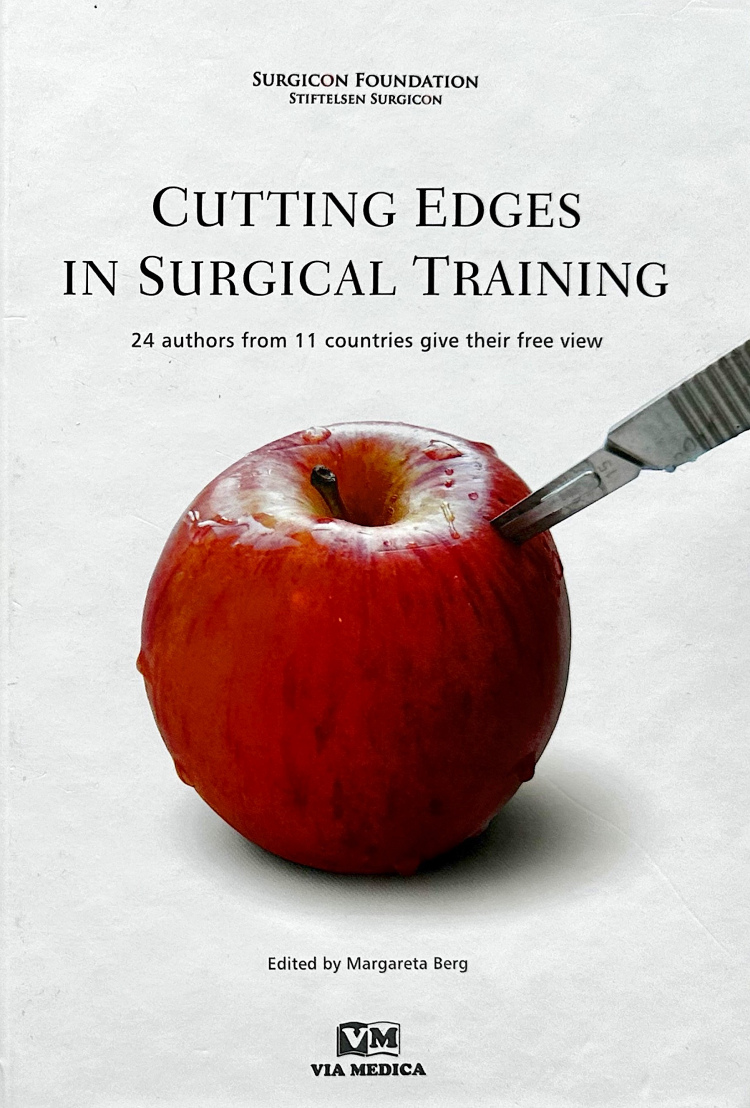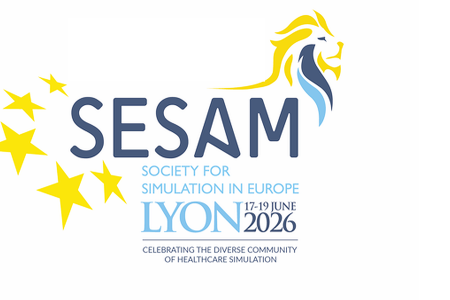Upcoming events
All eventsSurgical Simulation Classification and Triplication of the Cost
Upgrade to the next realism level triplicates the cost of surgical simulation equipment. Article in the book "Cutting Edges in Surgical Training". Via Medica. Göteborg, Sweden, 2013

Surgical Simulation Classification and Triplication of the Cost
Summary
Since the surgical skills require extended training simulation techniques ensure it without risk for a patient. Wide variety of training tools is used: interactive e-learning media, visual aids, anatomy models, phantoms, box-trainers, virtual reality simulators, etc. They all differ by the grade of realism and the cost; however, simulators from different groups can serve for training of the same skills.
Any simulation process can be divided into several layers. Every new layer increases credibility and realism of the training stratifying over the previous one. Existing simulation typologies (offered by Miller, Gaba, Issenberg, Alinier) are mostly faced to the patient simulation field, not skill’s acquisition. The goal of the project was to establish practical classification of surgical simulation equipment, to combine and link their realism, price and trained skills.
We suggest the following classification of surgical simulation training tools based on seven reality levels:
1. Visuality: explanations, visual interaction, realistic external view;
2. Tactility: realistic tactile characteristics of tissues;
3. Ergonomics: imitation of working place ergonomics, endosurgical movements’ motorics;
4. Video: indirect visualization of surgery using video technologies;
5. Equipment: medical apparatus settings;
6. Interaction: active reaction of simulated organs, objective computer-based assessment;
7. Communication: imitation of complex, difficult or rare clinical cases and situations with training both technical and non-technical surgical skills.
The training tools being ordered according to the suggested classification show increase of their cost:
1. Anatomy model or e-book (Visuality) = 100-300 USD;
2. Phantom of organ (Tactility) = 1.000 USD;
3. Set of Lap instruments + Phantom + Box-Trainer (Ergonomics) = 3.000 USD;
4. Set of Lap instruments + Phantom + Video-Trainer = 10.000 USD;
5. Set of Lap Instruments + Phantom + Endovideosurgical equipment (Equipment) = 30.000 USD;
6. Virtual Reality Simulator (Interaction) = 100.000 USD;
7. Hybrid VR-technologies Simulation OR (Communication) = 300.000 USD and more.
This increase conforms to the certain regularity that we called COST TRIPLICATION RULE: “Upgrade to the next realism level triplicates the cost”. Consideration of the Triplication Rule causes the number of principles for rational selection and effective usage of simulation equipment in surgical training centers.
Today this classification is used by Russian national simulation society ROSOMED and is known under the title "ROSOMED classification of the simulation equipment".
